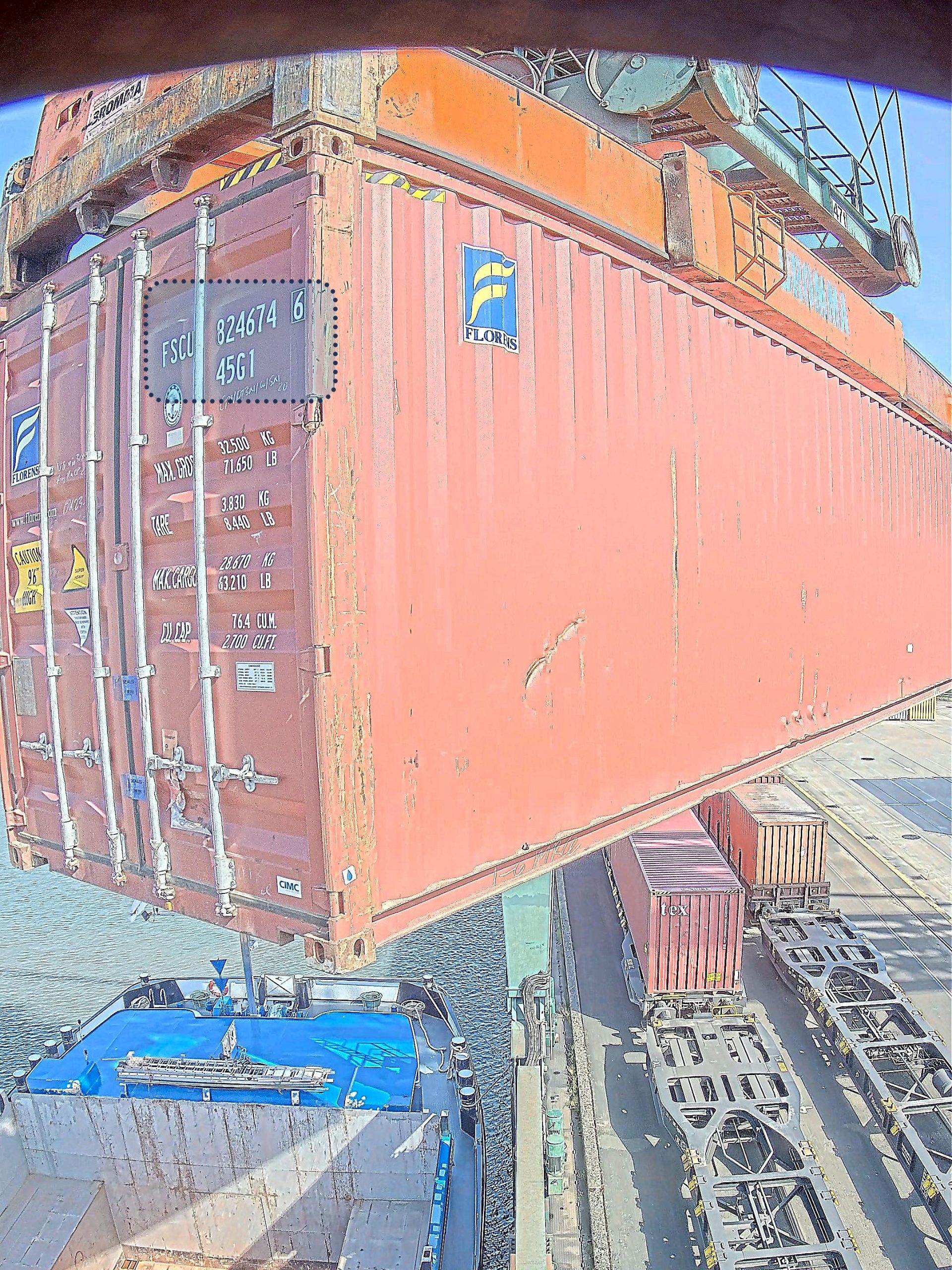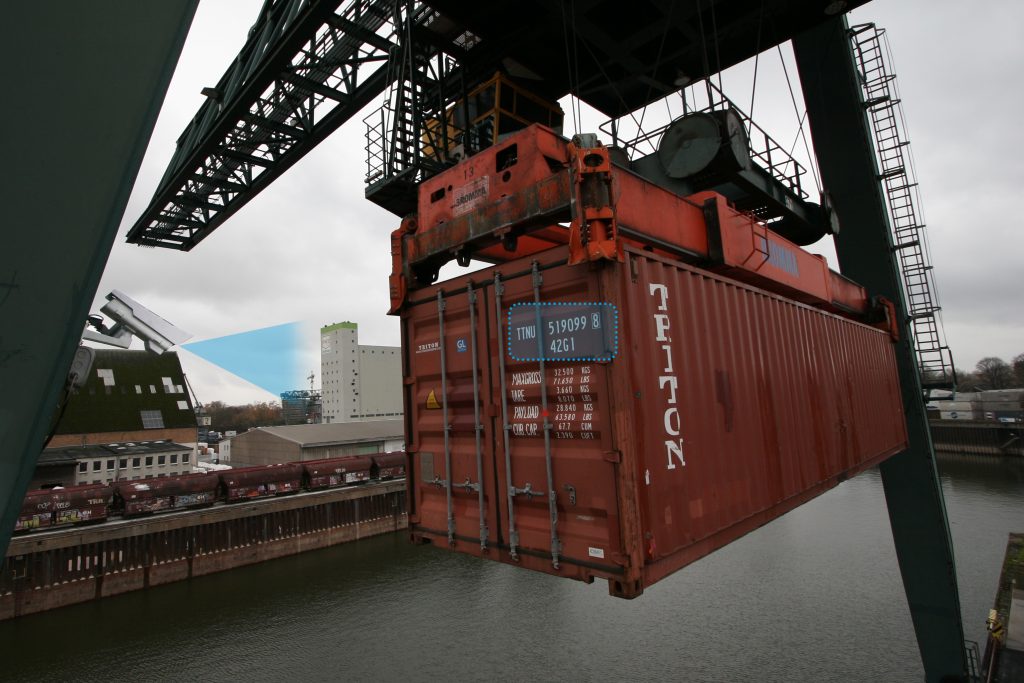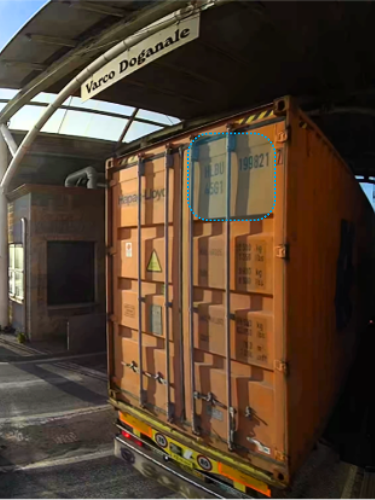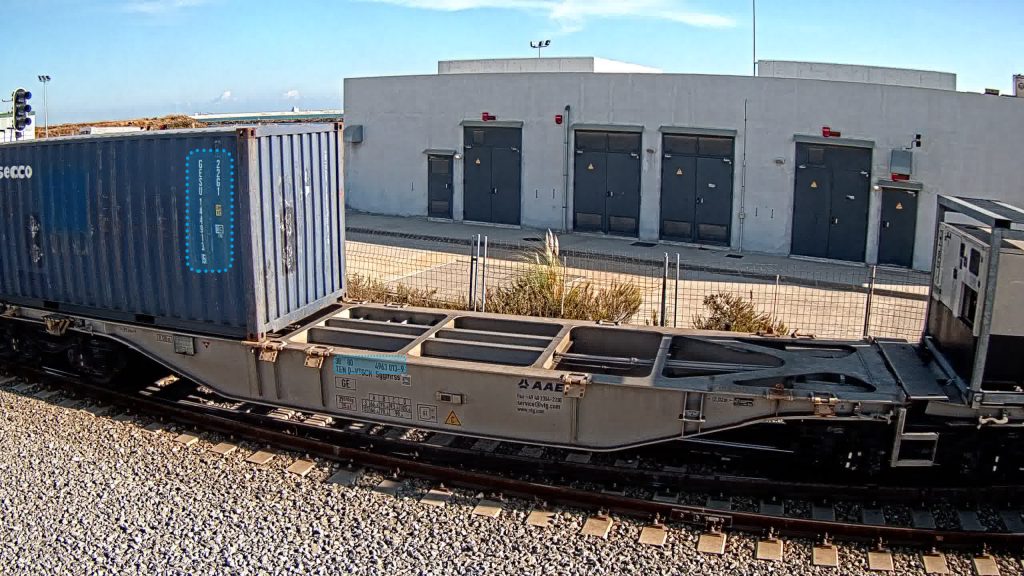After a period of enthusiasm at the start in automation projects, delays often damage the return on investment of the initiative as well as the motivation of the involved parties. Therefore, ensuring short time-to-value can be as crucial for the success of automation as the quality of the applied technology itself. In a recent interview with Port Technology International (PTI) journal, Adriaan Landman, COO and Co-Founder of Allread explains how the company uses short time-to-value as a competitive advantage, when automating access control for container gate-in/gate-out, ship-to-shore, and rail transport.
How does AllRead’s technology differ from other container terminal solutions in the market?
Current OCR solutions highly rely on hardware: metallic gates with numerous cameras, lighting panels, motion detection sensors, etc. They need to create optimal conditions for data capture. AllRead’s deep learning backbone provides the highest recognition accuracy even when facing the most demanding conditions. Our neural networks are tolerant and robust to different distortions and deformations such as movement, blur, dust, dirt, partial occlusions, damage, rotation, perspective, etc. Such robustness is paramount when dealing with many year-old freight assets that travel around the world in harsh conditions. By putting all the “heavy lifting” on the software and its performance, AllRead can operate with minimalistic hardware requirements: it offers lightweight and cost-efficient transit control systems to ports of all sizes.

Can you walk us through a typical implementation process for AllRead’s technology at a container terminal?
A standardised and “plug and play” onboarding is part of the AllRead value proposition: our company wants to provide the shortest “time to value” in this industry. AllRead coordinates the project, working hand in hand with the client’s IT team and in some cases with a third-party integrator until the final deliverables. A typical onboarding maximises the use of the existing infrastructure but might involve the installation (by the client or a third-party provider) of one or two ordinary cameras, and lighting equipment. A server on the client’s premises is set up and remotely accessed through SSH via a VPN.
The onboarding includes:
- Design of the installation and assessment for hardware requirements.
- Documentation and support for server preparation and access.
- Setup and configuration of the software to provide the desired output for integration.
- Performance tests and metrics.
How has AllRead’s technology helped container terminals improve their operations and increase efficiency?
The concept of gate automation through OCR is a few decades old. The goal is to avoid unnecessary stops at entrance and exit of Container Terminals, reduce manual interventions and queues, while increasing security and providing proof of condition of the containers. AllRead shares this mission to increase throughput and the quality of services provided by Container Terminals. Thanks to its cutting-edge AI technology, it wants to democratise access automation by making it easier, faster to implement and more cost efficient. With AllRead, container terminals with 50,000 TEUs can consider automating their accesses, while being left aside by the legacy solutions.
How does AllRead’s technology address the challenges of automation and digitalisation in container terminals?
Although OCR technology is well known in the industry, its level of adoption is low. 97 per cent of container terminals do not have their accesses automated. Despite a major trend towards digitisation and robotisation, ports are moving more slowly than sectors with comparable complexities, in part because the economics of automating them have not lived up to expectations and the return on investment is insufficient. More importantly, not all container terminals have the financial capacity to invest in automation. To face these challenges, we developed the Agile Recognition Software (ARS). A total disruption of the OCR paradigm, highly accurate with low hardware needs, making access automation affordable to the greater many, by lifting the financial and technological barriers to its adoption.
Can you share any success stories of container terminals that have implemented AllRead’s technology?
AllRead is implemented in 40+ ports and terminals in Europe and LATAM, automating access control on road, rail and cranes. A business case with HGK Terminal CTS (Germany), provides a practical example of how with minimum hardware add-ons, a 30-year-old crane can be automated through computer vision and deep learning. CTS installed two cameras and two lighting spots on the crane, as well as an edge server, given the absence of connectivity on the crane. The project “Ship-to-Shore tracking” includes container control at entrance and exit and forensic evidence delivery. We will try to add security seal detection in the project later on. The project was launched to reduce the costs of errors by controlling container handlings before departure, improve resource efficiency, and enable targeted allocation of skilled workers.

In Italy, Terminal Darsena Toscana (TDT) needed traceability of containers, from two of its road exit lanes. AllRead accompanied the terminal throughout the process of installing the two cameras required for the project, as well as the preparation of the server and the posterior integration of the data. AllRead reached TDT’s expectations of accurate control of its traffic through a cost efficient, frictionless, and fast implementation. With only two cameras, it was possible to perform: 99% success rate in associating the license plate with the container. 97% in container reading accuracy. 99,5% in the reading of license plates. Most importantly, based on the situation prior to AllRead, the number of data collection errors has been drastically reduced.

How does AllRead approach data security and privacy for its container terminal clients?
AllRead is installed on premise, inside the servers of the container terminal. Therefore, the data generated stays inside the Terminal and it is not sent to a third party on the cloud. Also, AllRead is a GDPR certified company in this regard.
How does AllRead plan to continue innovating and staying ahead of the curve in the container terminal industry?
AllRead is an innovation driven company. The tech team is led by the CTO, co-founder and inventor of its core technology, Dr. Marçal Rossinyol, who has 18 years of research experience in the field of computer vision and deep learning, and especially in text recognition. Our goal is to remain on the edge of these technologies applied to container terminals. Today we successfully track various assets such as containers, license plates, wagon UICs, dangerous goods on road, rail, and ship-to-shore. But we still have a long way to go. Many use cases requiring computer vision remain unsolved. For example, we already have pilots in progress for reading the codes of security seals by fixed camera, damage detection, bulk cargo identification… among other developments. Also, we still strive for resource efficiency: the ambition to reduce always more the required processing power and deliver results in real time. This will contribute to achieving a certain ubiquity of OCR, with lightweight edge devices, implemented in any place in the facilities.

Empower your container terminal with AllRead’s advanced AI technology, designed for agile implementation, cost-effective access automation and unprecedented operational improvement. Contact us and enhance your port operations.
Follow us and subscribe to our newsletter
If you want to keep up to date with the latest news about technology in port logistics, subscribe to our newsletter. You will regularly receive the most important content and news from our blog in your mailbox.
Follow us also on social media: LinkedIn, Twitter and YouTube.

